Home>Furniture & Design>Outdoor Furniture>How To Waterproof Outdoor Extension Cords
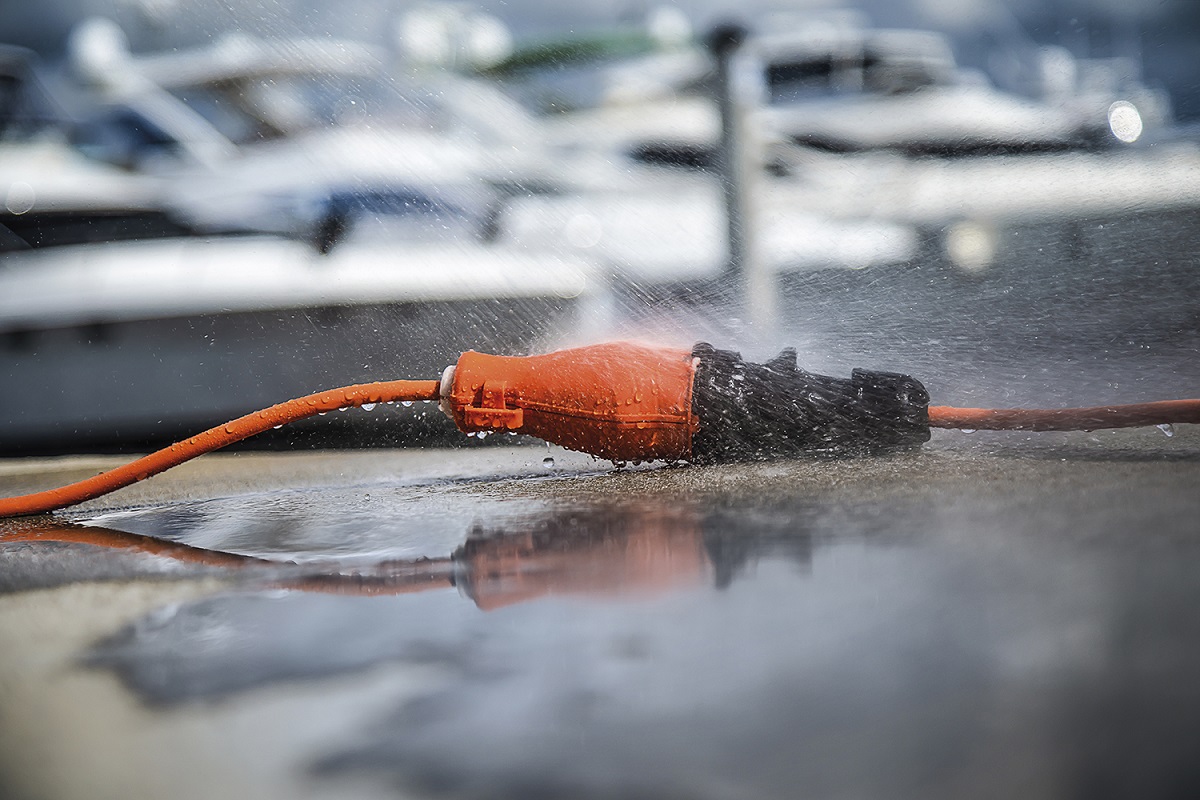

Outdoor Furniture
How To Waterproof Outdoor Extension Cords
Modified: August 27, 2024
Learn how to effectively waterproof outdoor extension cords for your outdoor furniture and design projects. Keep your outdoor electrical connections safe and secure.
(Many of the links in this article redirect to a specific reviewed product. Your purchase of these products through affiliate links helps to generate commission for Storables.com, at no extra cost. Learn more)
Introduction
Outdoor extension cords are essential for powering tools, lighting, and various outdoor appliances. However, exposure to the elements can lead to deterioration and safety hazards. Waterproofing outdoor extension cords is crucial to ensure safety and durability, especially in environments prone to rain, snow, or high humidity.
In this comprehensive guide, we will delve into the intricacies of waterproofing outdoor extension cords. From understanding the various types of extension cords to selecting the most suitable waterproofing method and applying effective techniques, this article will equip you with the knowledge needed to safeguard your outdoor electrical connections.
Whether you are an avid DIY enthusiast, a professional contractor, or simply someone looking to maintain a safe and functional outdoor living space, mastering the art of waterproofing outdoor extension cords is a valuable skill. Join us as we explore the nuances of this essential practice and learn how to protect your outdoor electrical components from the unforgiving forces of nature.
Key Takeaways:
- Protect outdoor extension cords from the elements by using waterproofing methods like heat shrink tubing and silicone sealant. This ensures safety and durability for outdoor electrical connections.
- Regular testing and maintenance, such as resistance testing and visual inspections, are crucial for upholding the effectiveness of waterproofed outdoor extension cords. This helps prevent hazards and ensures reliable performance.
Understanding Outdoor Extension Cords
Outdoor extension cords are designed to provide electricity to outdoor equipment, tools, and appliances. They come in various lengths and gauges to accommodate different power requirements and distances from power sources. Understanding the key features and components of outdoor extension cords is essential for effectively waterproofing them.
When selecting an outdoor extension cord, it’s important to consider the following factors:
- Wire Gauge: The gauge of an extension cord refers to the thickness of the wire. Lower gauge numbers indicate thicker wires, capable of handling higher currents over longer distances. For example, a 10-gauge cord is thicker and can carry more current than a 16-gauge cord.
- Length: The length of the cord determines how far it can reach from the power source to the intended outdoor device. Longer cords may experience more voltage drop, especially if they are not of a suitable gauge for the distance.
- Jacket Material: The outer jacket of an outdoor extension cord is typically made of vinyl or rubber. It provides protection against moisture, abrasion, and sunlight exposure. Understanding the material of the jacket is crucial for selecting the appropriate waterproofing method.
- Plug and Connector Type: Outdoor extension cords come with various plug and connector configurations, including grounded three-prong plugs and twist-lock connectors. Ensuring compatibility with the intended outdoor equipment is essential for safety and functionality.
Furthermore, outdoor extension cords may be designated for specific uses, such as light-duty, medium-duty, or heavy-duty applications. It’s imperative to match the cord’s capabilities with the power requirements of the connected devices to prevent overheating and potential hazards.
By understanding the fundamental characteristics of outdoor extension cords, you can make informed decisions when choosing the right cord for your outdoor electrical needs. This knowledge serves as a solid foundation for implementing effective waterproofing techniques, ensuring the longevity and safety of your outdoor electrical connections.
Choosing the Right Waterproofing Method
When it comes to waterproofing outdoor extension cords, selecting the appropriate method is crucial for maintaining safety and functionality. The choice of waterproofing technique depends on factors such as the cord’s construction, intended usage, and environmental conditions. Here are some effective waterproofing methods to consider:
- Heat Shrink Tubing: Heat shrink tubing provides a reliable and durable waterproofing solution for outdoor extension cords. It involves sliding the tubing over the connections and applying heat to shrink it, creating a tight seal. This method effectively protects the exposed wiring and connections from moisture and environmental elements.
- Silicone Sealant: Silicone sealant can be used to seal the connection points and entry points of the cord’s plug and connectors. It forms a waterproof barrier, preventing moisture from infiltrating the electrical components. Silicone sealant is especially useful for reinforcing the cord’s resistance to water and humidity.
- Waterproof Extension Cord Covers: Waterproof covers specifically designed for outdoor extension cords provide an easy and convenient way to safeguard the entire length of the cord. These covers encase the cord and its connections, offering protection against rain, snow, and other outdoor elements. They are ideal for temporary or frequently relocated outdoor electrical setups.
- Electrical Tape and Self-Fusing Silicone Tape: Wrapping the exposed connections with electrical tape or self-fusing silicone tape can create a water-resistant barrier. These tapes are flexible and conform to the shape of the connections, effectively preventing moisture intrusion. However, it’s essential to apply the tape correctly to ensure a secure and durable seal.
When choosing a waterproofing method, it’s important to assess the specific requirements of the outdoor extension cord and the intended application. Consider the environmental factors, such as exposure to rain, snow, or direct sunlight, as well as the frequency of use and potential movement of the cord.
Additionally, it’s crucial to prioritize safety and compliance with electrical codes when waterproofing outdoor extension cords. Ensuring that the chosen method does not compromise the integrity of the cord’s electrical connections is paramount for preventing hazards and maintaining reliable power distribution.
By carefully evaluating the available waterproofing methods and their suitability for your outdoor extension cords, you can effectively protect your electrical connections from moisture and environmental damage, prolonging the lifespan of the cords and promoting safe outdoor electrical usage.
To waterproof outdoor extension cords, use a waterproofing sealant or wrap the connection with electrical tape and then cover it with a layer of silicone sealant. This will help protect the cord from moisture and prevent electrical hazards.
Applying Waterproofing Techniques
Once you have chosen the right waterproofing method for your outdoor extension cord, it’s essential to apply the technique meticulously to ensure effective protection against moisture and environmental elements. Proper application of waterproofing techniques is crucial for maintaining the integrity and safety of the electrical connections. Here’s how to apply common waterproofing techniques:
- Heat Shrink Tubing: Begin by selecting the appropriate size of heat shrink tubing to accommodate the connections and wiring of the outdoor extension cord. Slide the tubing over the exposed connections, ensuring it covers the entire area to be sealed. Use a heat gun or a source of controlled heat to evenly shrink the tubing, forming a tight seal around the connections. Pay attention to the temperature and duration of heat exposure to avoid damaging the cord or causing incomplete sealing.
- Silicone Sealant: Clean the connection points and entry points of the plug and connectors to remove any dirt, moisture, or debris. Apply a generous and uniform layer of silicone sealant around the connections, ensuring complete coverage and sealing of the exposed wiring. Allow the sealant to cure according to the manufacturer’s instructions to achieve maximum waterproofing effectiveness.
- Waterproof Extension Cord Covers: Select a waterproof cover that accommodates the length and diameter of the outdoor extension cord. Carefully encase the entire cord and its connections within the waterproof cover, ensuring a secure and watertight fit. Follow the manufacturer’s guidelines for installation and closure of the cover to maintain its waterproofing capabilities.
- Electrical Tape and Self-Fusing Silicone Tape: Clean and dry the exposed connections before applying the tape. Begin wrapping the connections with electrical tape or self-fusing silicone tape, ensuring a tight and overlapping seal. Pay attention to the tension and coverage to prevent gaps or weak points in the seal. For self-fusing silicone tape, stretch and wrap it around the connections, allowing it to fuse and form a cohesive barrier.
Regardless of the chosen waterproofing technique, it’s crucial to inspect the application for any signs of incomplete sealing, gaps, or irregularities. Thoroughly test the waterproofed connections for their resilience against water and environmental exposure before deploying the outdoor extension cord for regular use.
Adhering to the manufacturer’s recommendations and best practices for each waterproofing technique is essential for achieving reliable and long-lasting protection. Proper application ensures that the outdoor extension cord remains resilient in the face of outdoor conditions, providing safe and uninterrupted power for your outdoor activities and equipment.
Testing and Maintenance
After waterproofing your outdoor extension cord, it’s crucial to conduct thorough testing to ensure the effectiveness of the applied waterproofing techniques. Additionally, implementing regular maintenance practices can prolong the lifespan of the cord and uphold its waterproofing capabilities. Here’s how to test and maintain your waterproofed outdoor extension cord:
- Visual Inspection: Conduct a visual inspection of the entire length of the cord, focusing on the waterproofed connections and entry points. Look for any signs of damage, wear, or exposure that may compromise the waterproofing. Check for cracks, gaps, or peeling in the applied waterproofing materials.
- Resistance Testing: Use a multimeter to measure the resistance between the conductors and the ground prong of the plug. A significant change in resistance may indicate moisture intrusion or a compromised seal. This test helps identify potential issues with the waterproofing and ensures the safety of the cord’s electrical connections.
- Water Immersion Test: Submerge the waterproofed connections in a container of water, ensuring that the connections are fully covered. Observe the connections for any signs of water penetration or compromised seals. Repeat this test periodically to verify the continued effectiveness of the waterproofing.
- Maintenance Practices: Keep the outdoor extension cord clean and free of debris, especially around the plug and connectors. Store the cord in a dry and protected area when not in use to prevent unnecessary exposure to moisture and environmental elements. Inspect the cord before each use to identify any potential issues or damage that may affect its waterproofing.
Regular testing and maintenance are essential for identifying and addressing any issues that may arise with the waterproofed outdoor extension cord. By proactively monitoring the cord’s condition and waterproofing integrity, you can prevent potential hazards and ensure reliable performance in outdoor environments.
It’s important to note that if any signs of compromised waterproofing or damage are detected during testing or maintenance, the affected areas should be promptly resealed using the appropriate waterproofing method. Additionally, if the cord shows significant wear or deterioration, it may be necessary to replace it to maintain safety and functionality.
By incorporating testing and maintenance into your routine, you can uphold the waterproofing effectiveness of your outdoor extension cord, prolong its service life, and mitigate the risks associated with outdoor electrical usage. These practices contribute to a safe and reliable outdoor power supply, supporting your various outdoor activities and equipment.
Conclusion
Waterproofing outdoor extension cords is a critical step in ensuring the safety, longevity, and reliability of outdoor electrical connections. By understanding the nuances of outdoor extension cords, selecting the appropriate waterproofing method, and applying effective techniques, you can safeguard your electrical components from the harsh outdoor elements.
Choosing the right waterproofing method involves considering the cord’s construction, intended usage, and environmental conditions. Whether you opt for heat shrink tubing, silicone sealant, waterproof extension cord covers, or electrical tape, prioritizing safety and compliance with electrical codes is paramount for maintaining secure and durable seals.
Applying waterproofing techniques requires meticulous attention to detail and adherence to best practices. Whether you are shrinking heat shrink tubing, applying silicone sealant, or encasing the cord in a waterproof cover, ensuring complete coverage and a watertight seal is essential for protecting the electrical connections from moisture and environmental damage.
Testing and maintenance play a crucial role in upholding the waterproofing effectiveness of outdoor extension cords. Conducting visual inspections, resistance testing, water immersion tests, and implementing regular maintenance practices can help identify and address any issues that may compromise the cord’s waterproofing integrity.
Ultimately, mastering the art of waterproofing outdoor extension cords empowers you to create a safe and reliable outdoor electrical infrastructure. Whether you are powering lighting for outdoor events, operating power tools for landscaping projects, or running outdoor appliances, a well-protected extension cord ensures uninterrupted power and peace of mind in outdoor settings.
By integrating the knowledge and practices outlined in this guide, you can confidently waterproof your outdoor extension cords, fortifying them against the elements and supporting a seamless outdoor experience. Embracing the principles of safety, maintenance, and effective waterproofing techniques, you can enjoy the convenience and functionality of outdoor electrical connections with enhanced durability and protection.
Now that you've mastered waterproofing outdoor extension cords, why stop there? Understanding durability in electrical tools is crucial, especially for more demanding environments. Check out our guide on "What Is A Heavy Duty Extension Cord" where we delve into what makes heavy duty extension cords a vital tool for any serious outdoor or workshop project. You'll learn about their design, capabilities, and how they withstand harsh conditions, ensuring safety and efficiency in your power needs. Don't miss out on powering up your knowledge!
Frequently Asked Questions about How To Waterproof Outdoor Extension Cords
Was this page helpful?
At Storables.com, we guarantee accurate and reliable information. Our content, validated by Expert Board Contributors, is crafted following stringent Editorial Policies. We're committed to providing you with well-researched, expert-backed insights for all your informational needs.
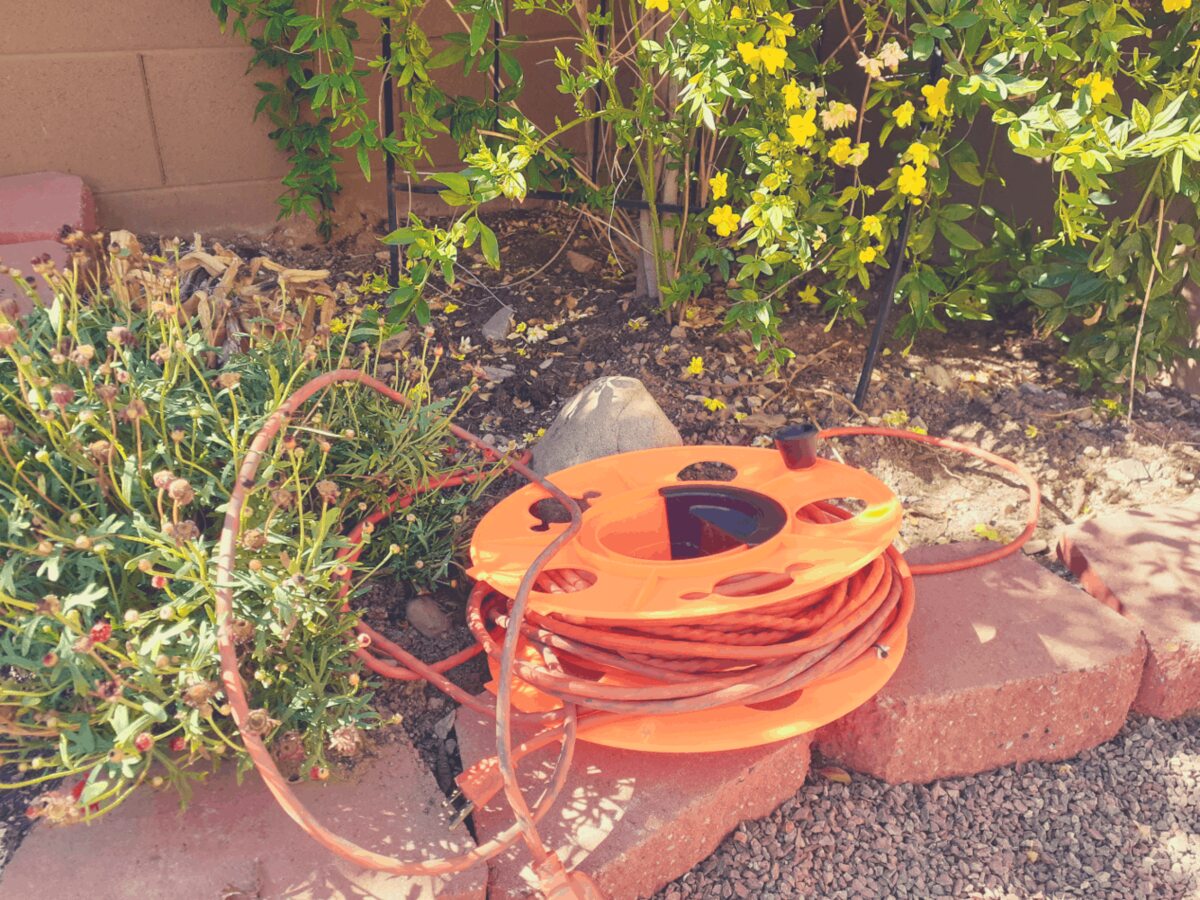
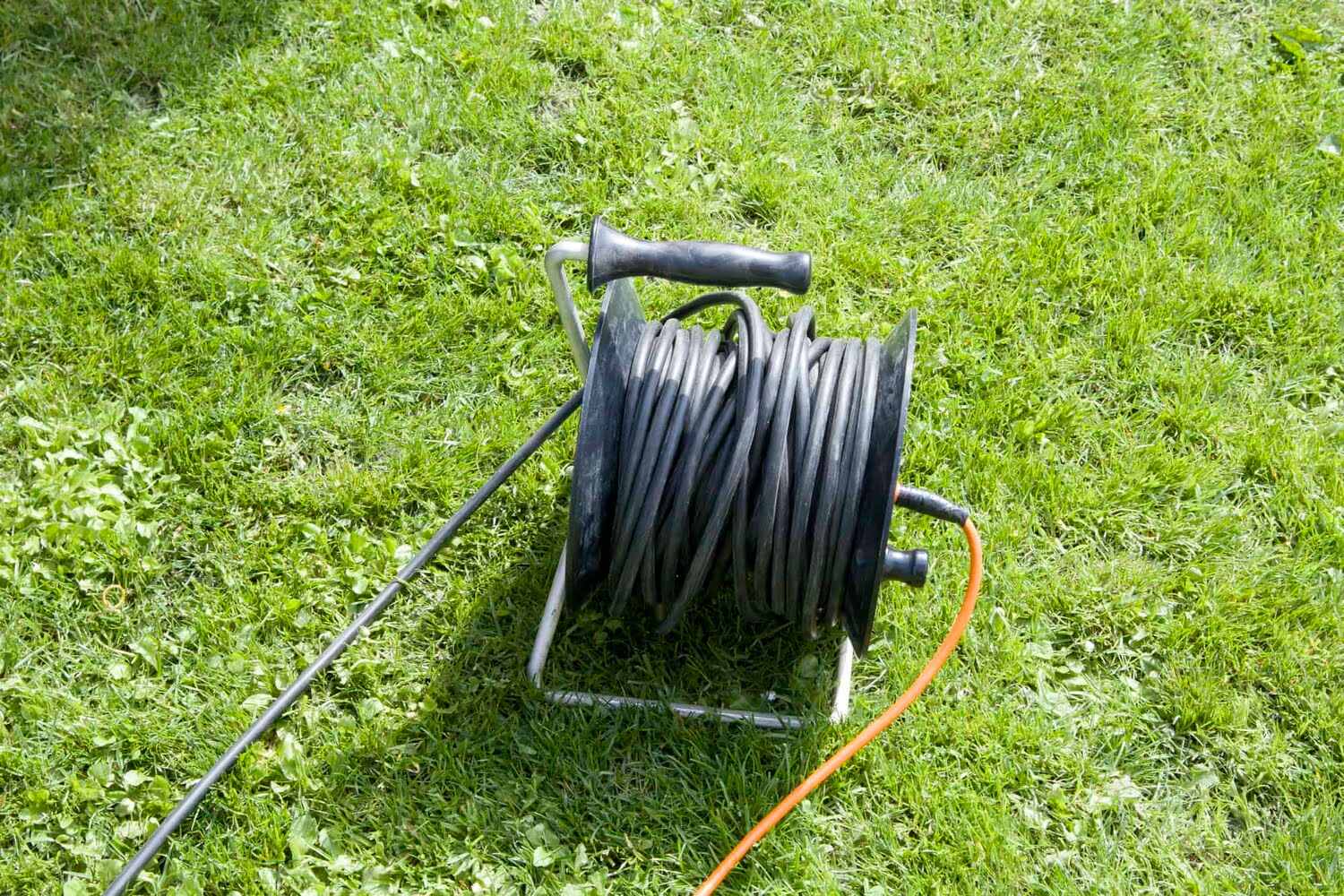
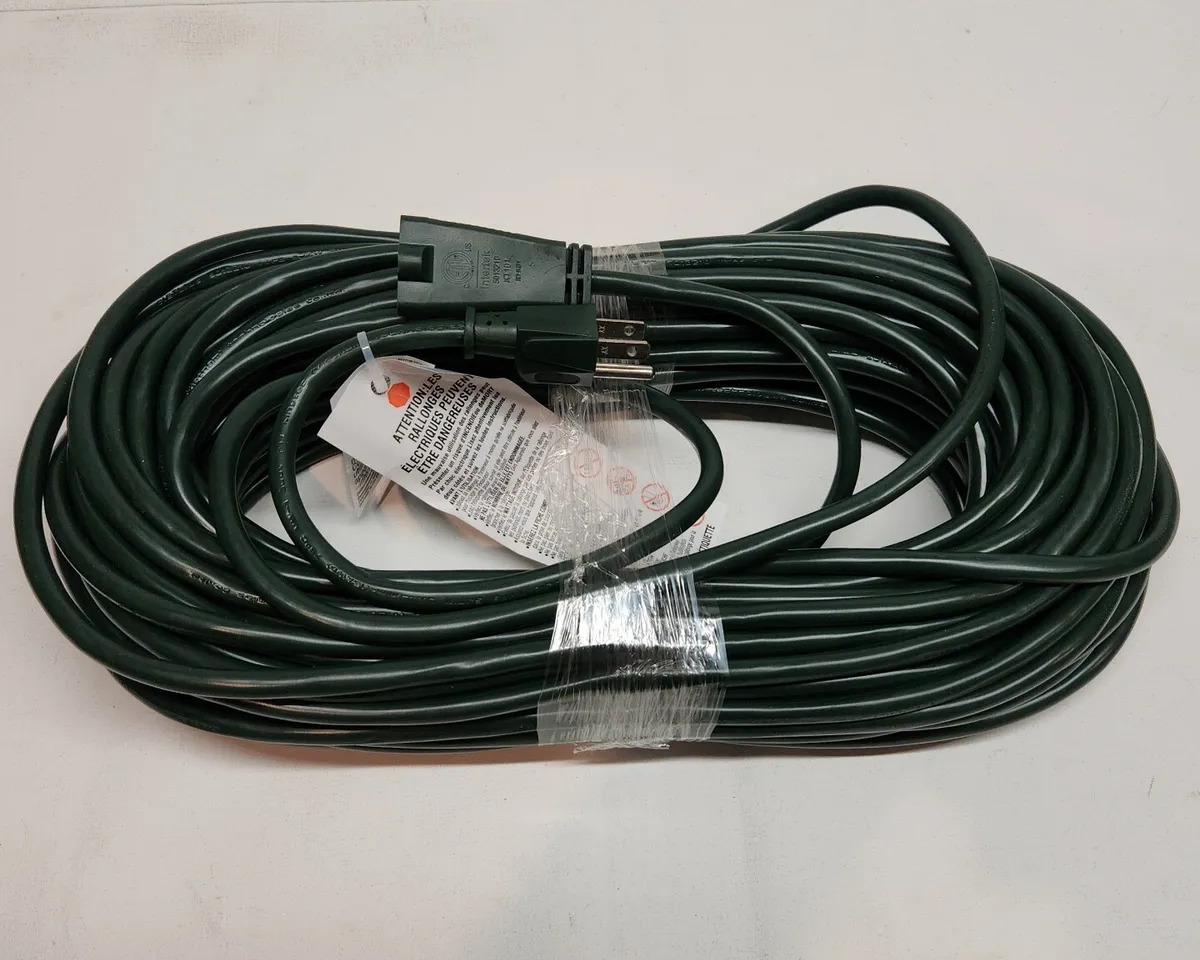
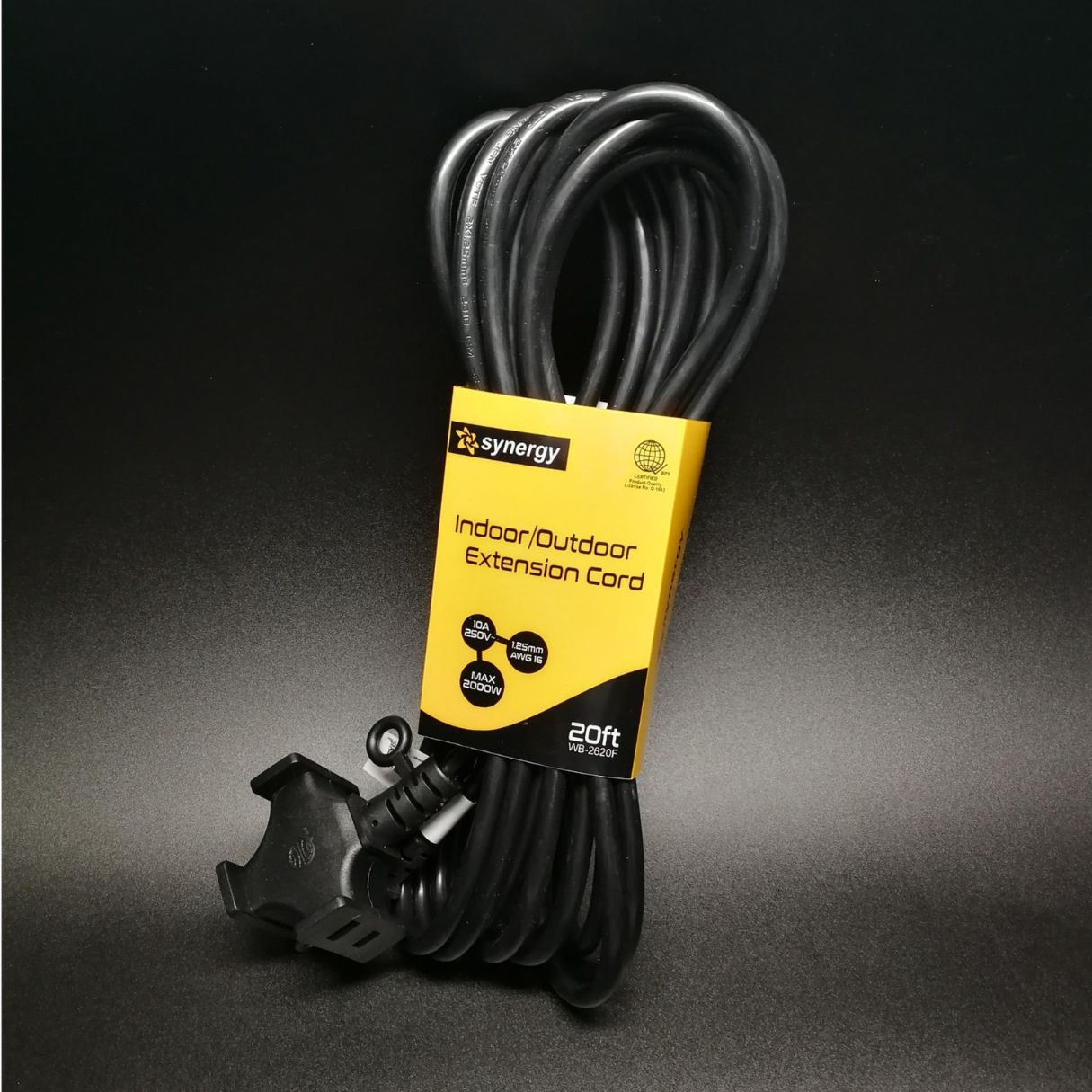
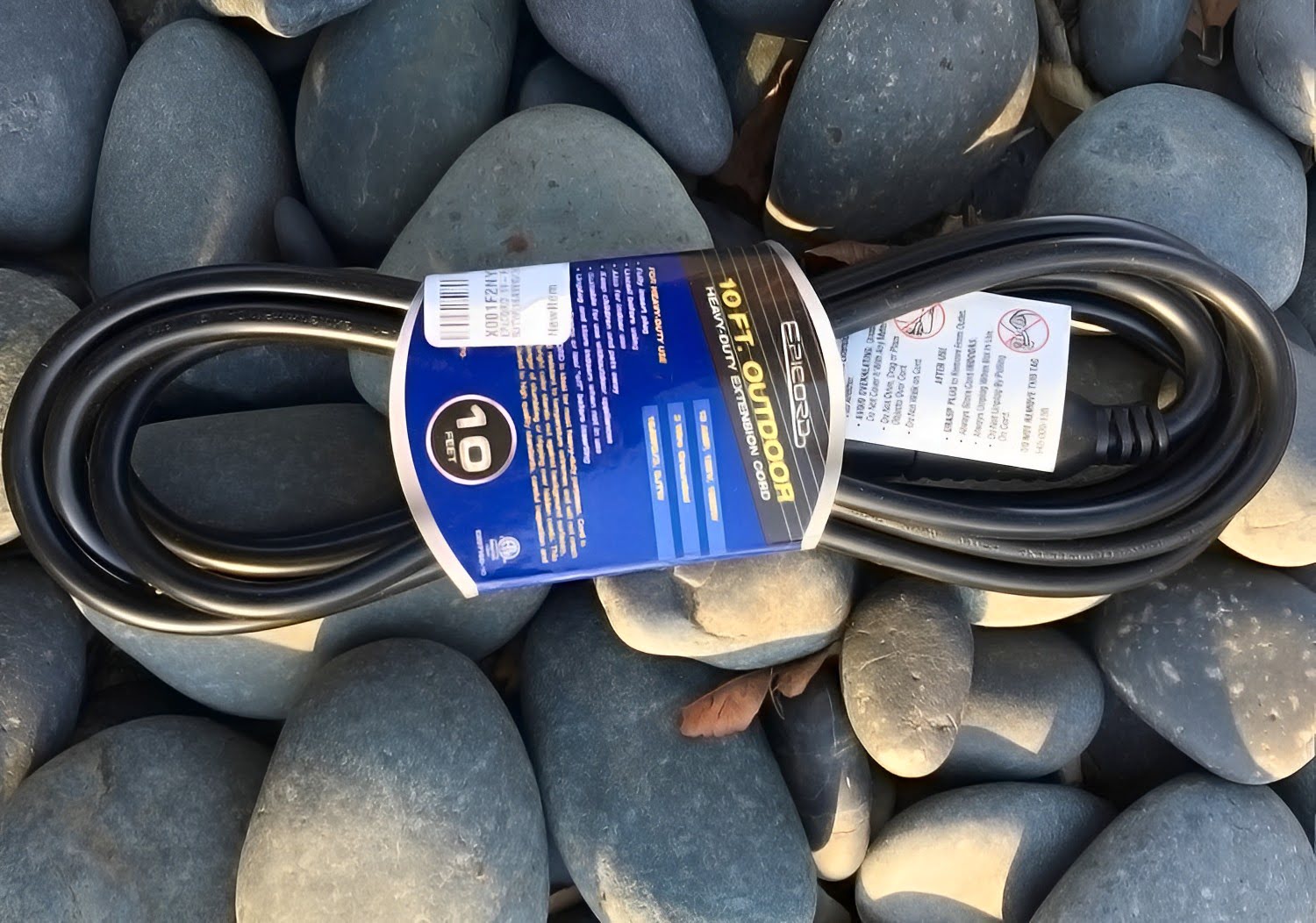
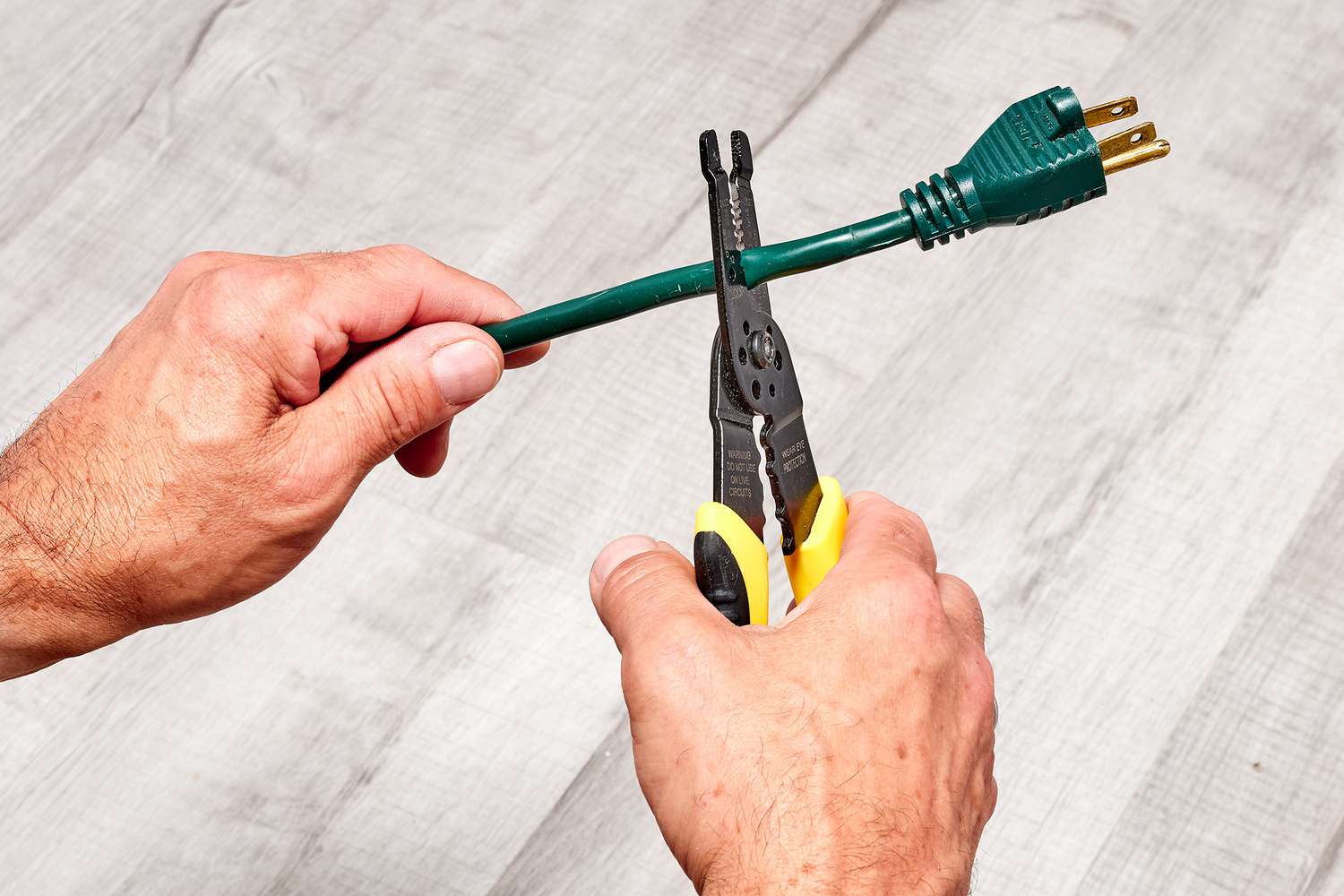
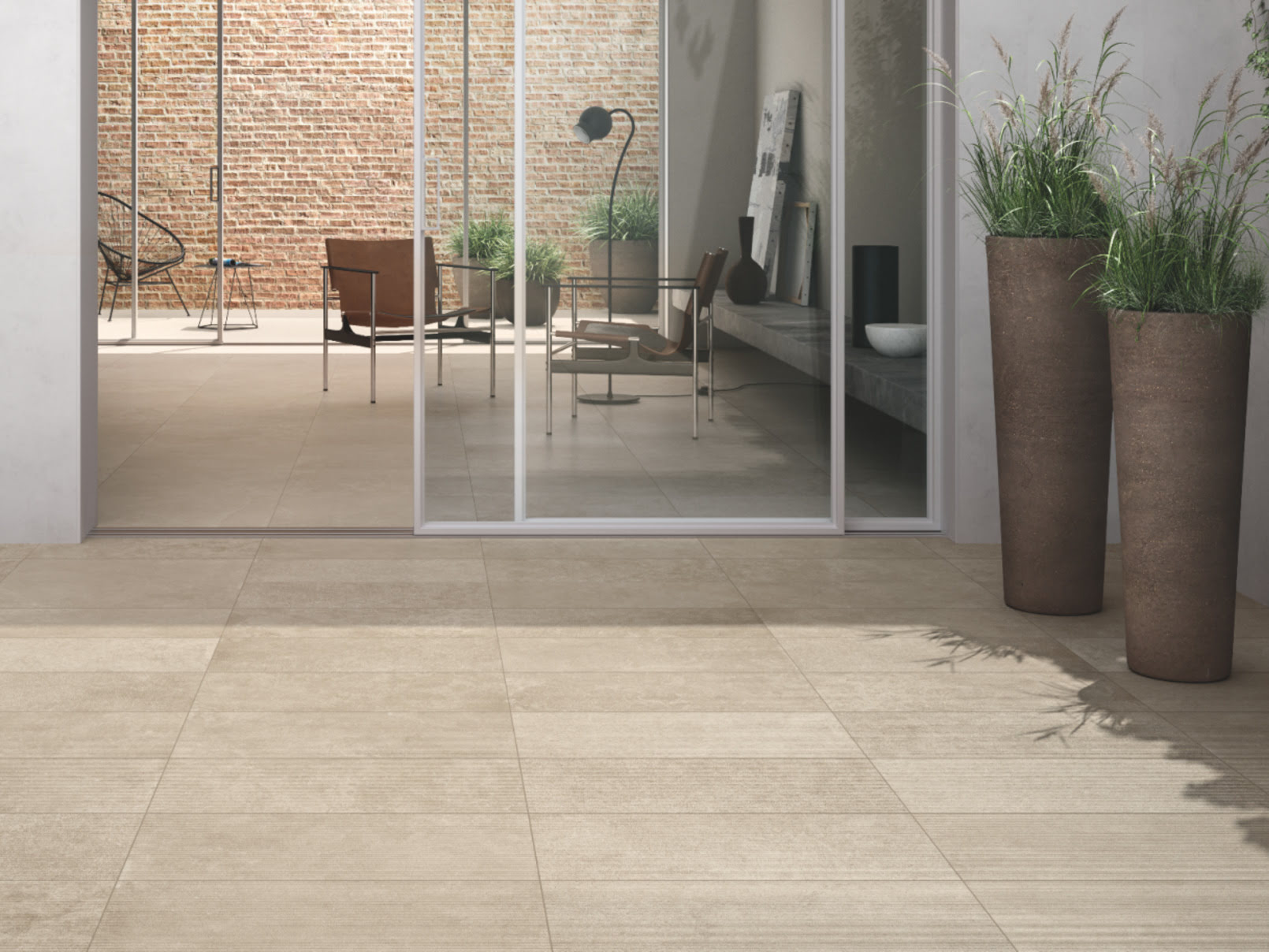
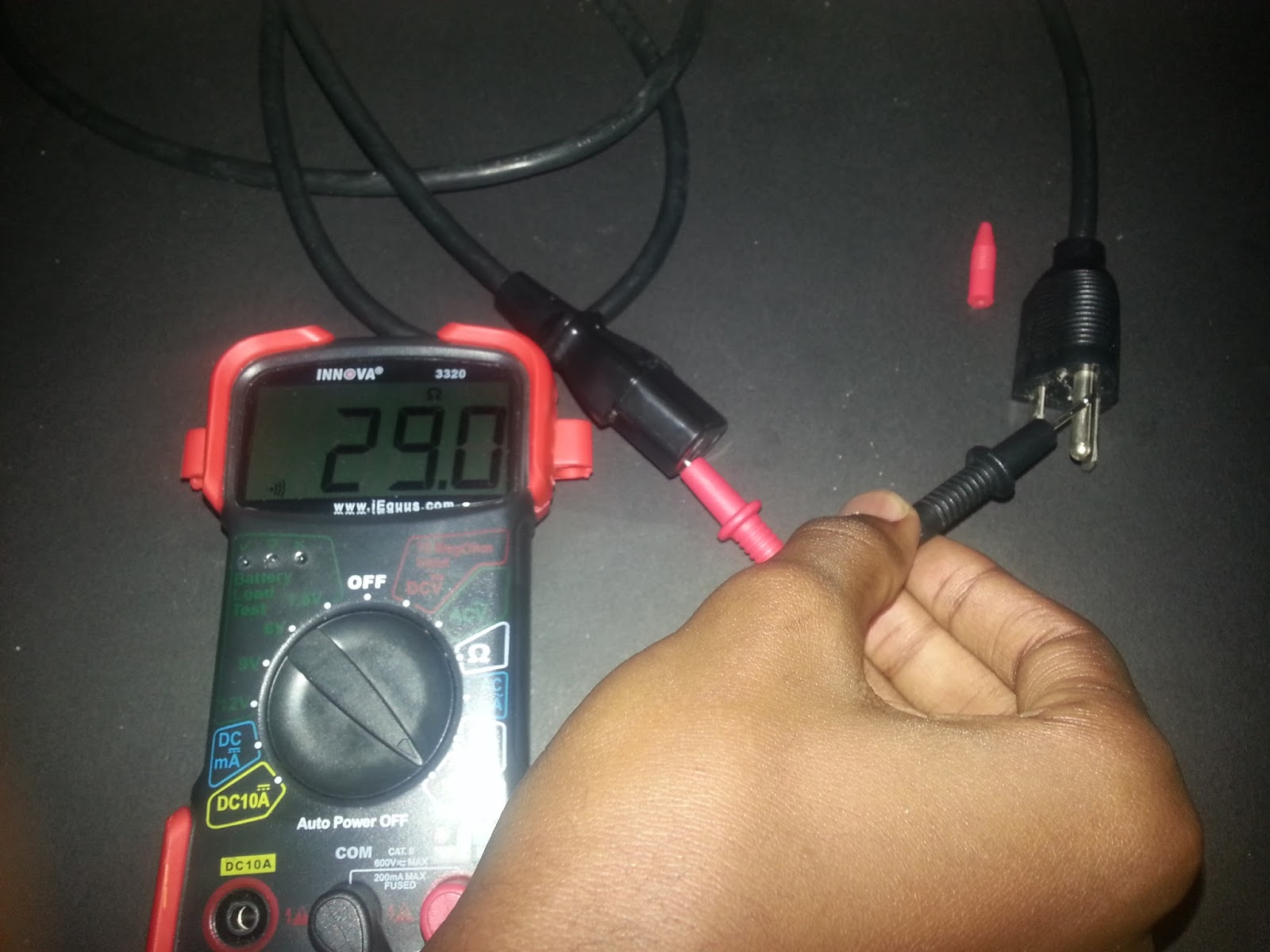
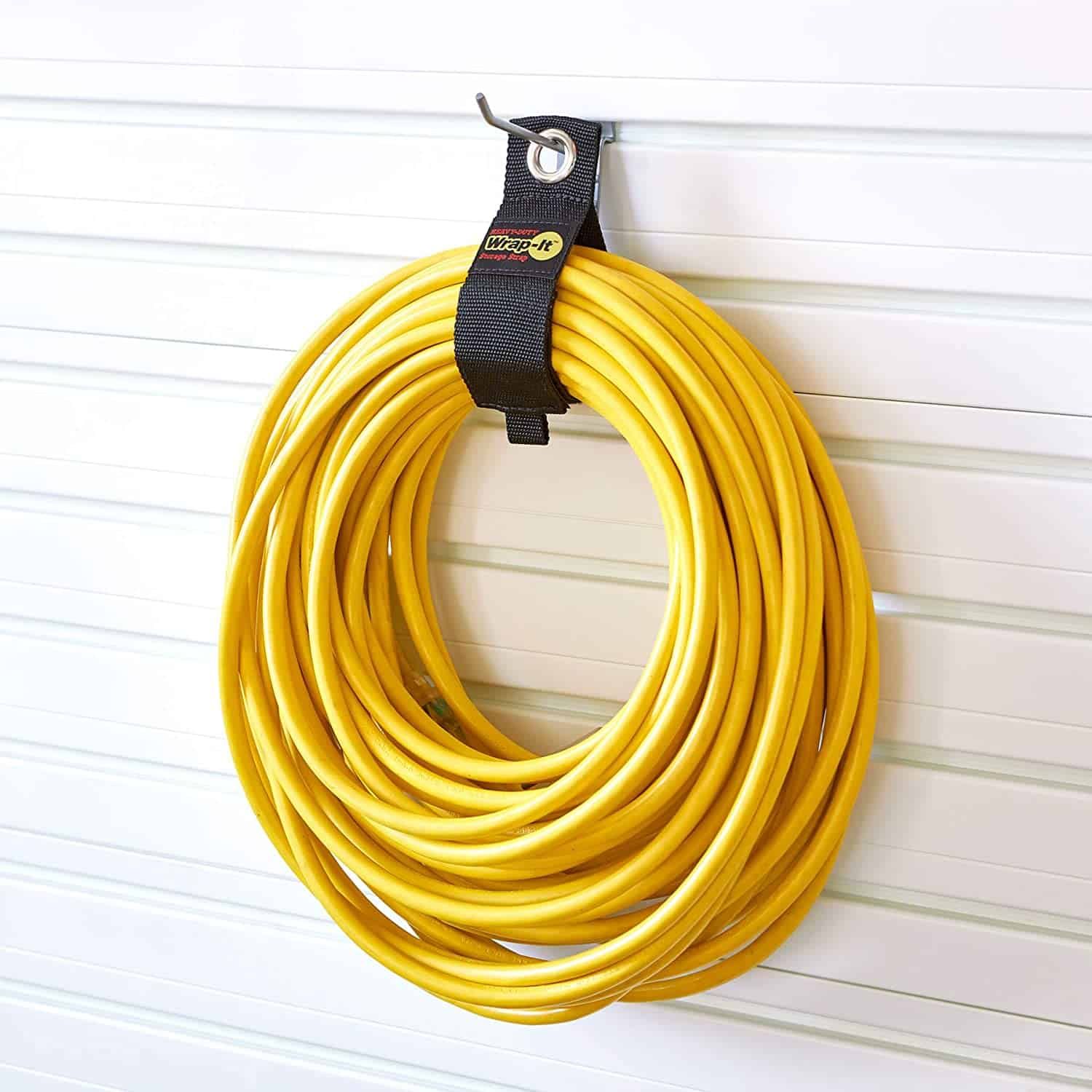
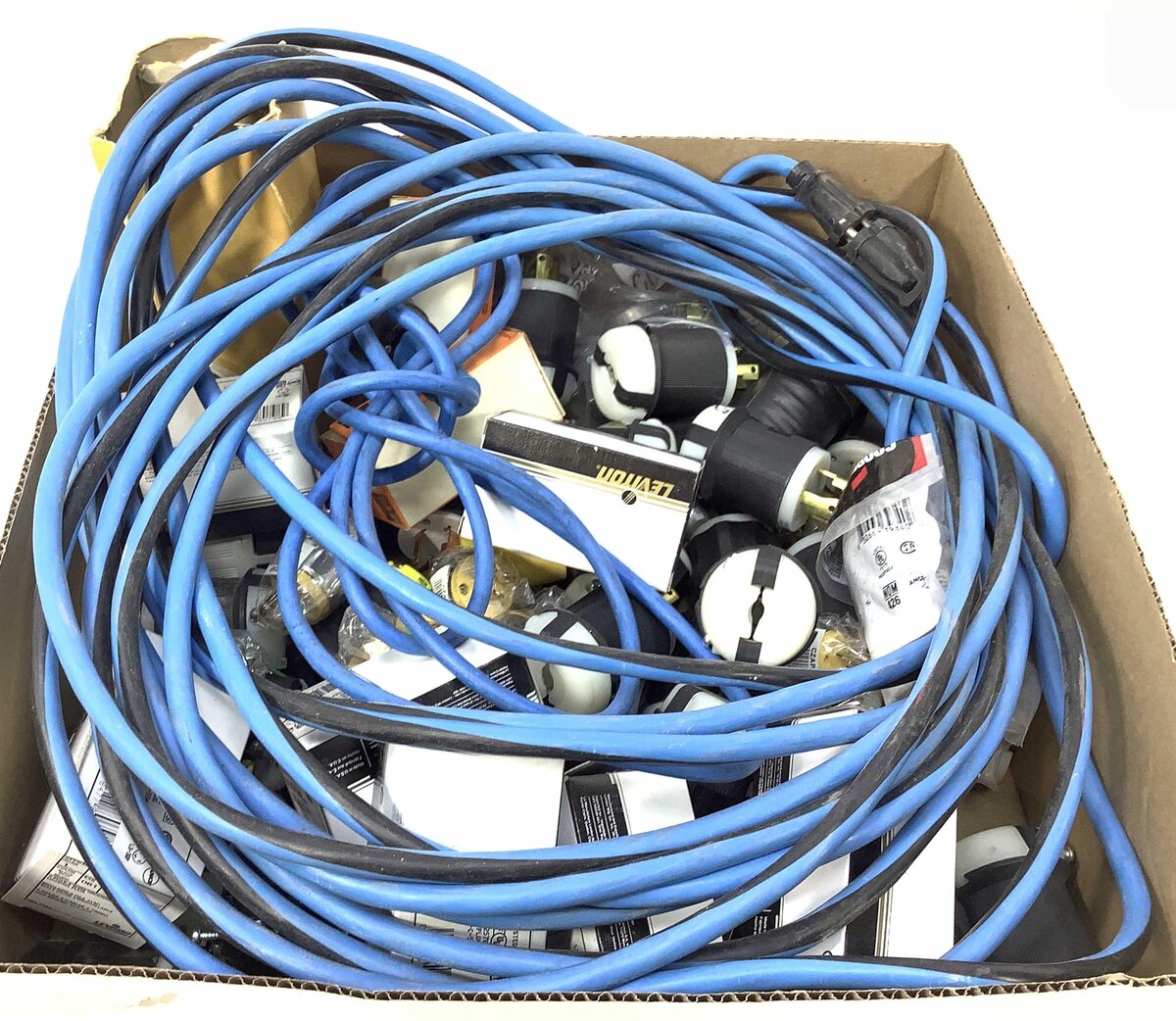
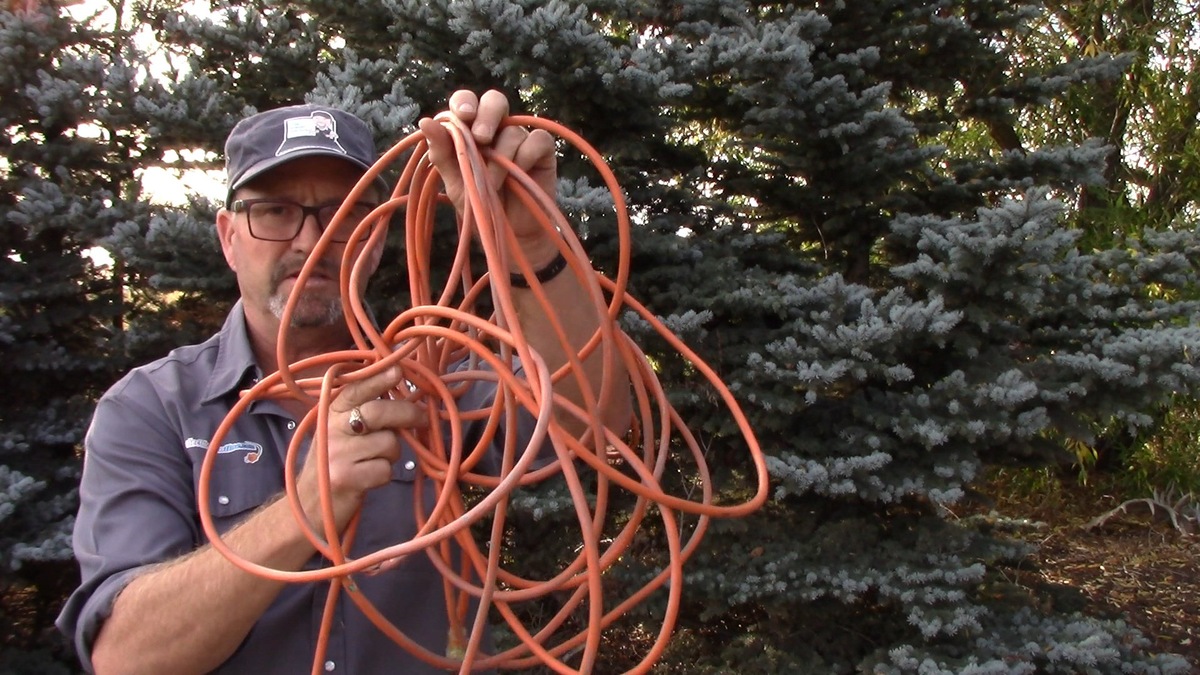
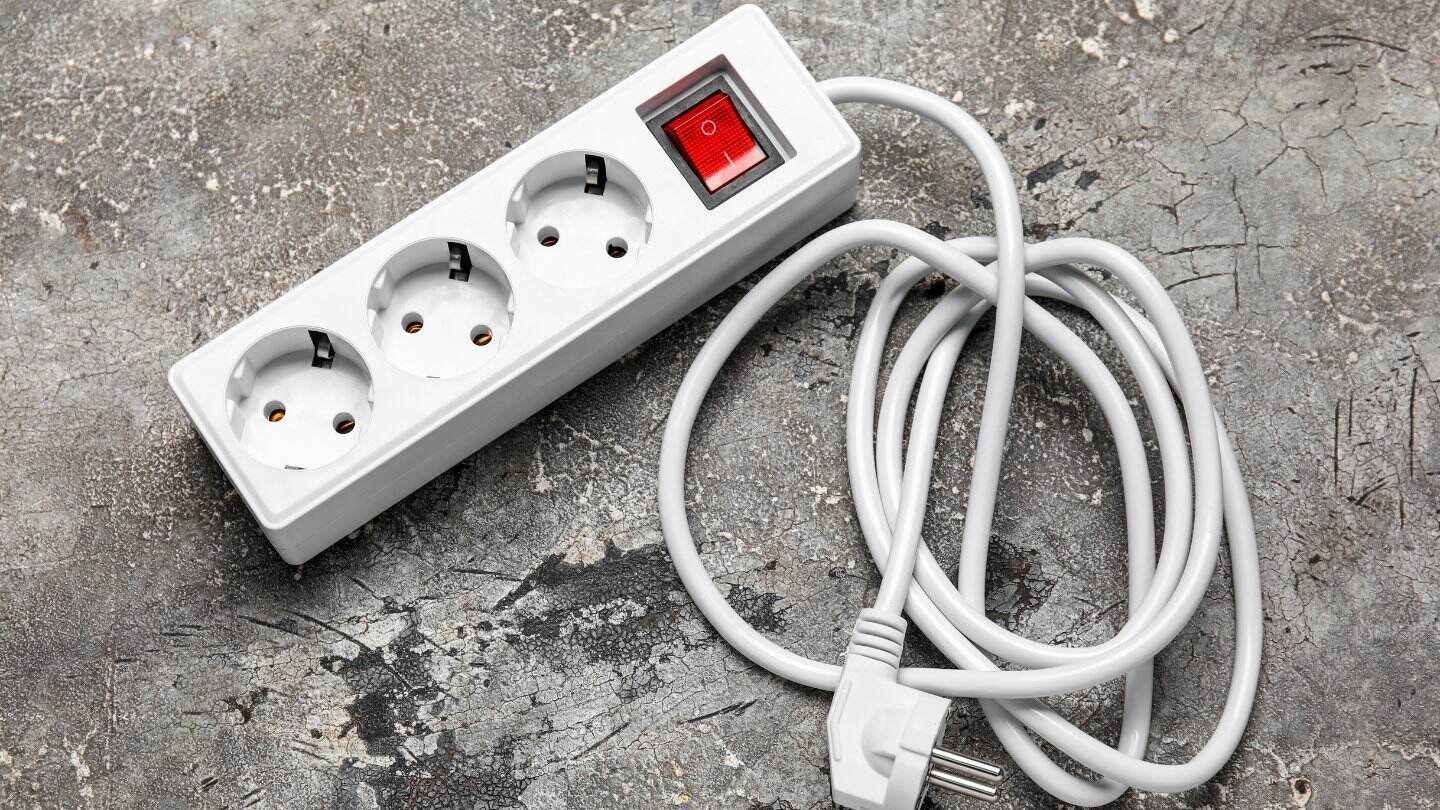

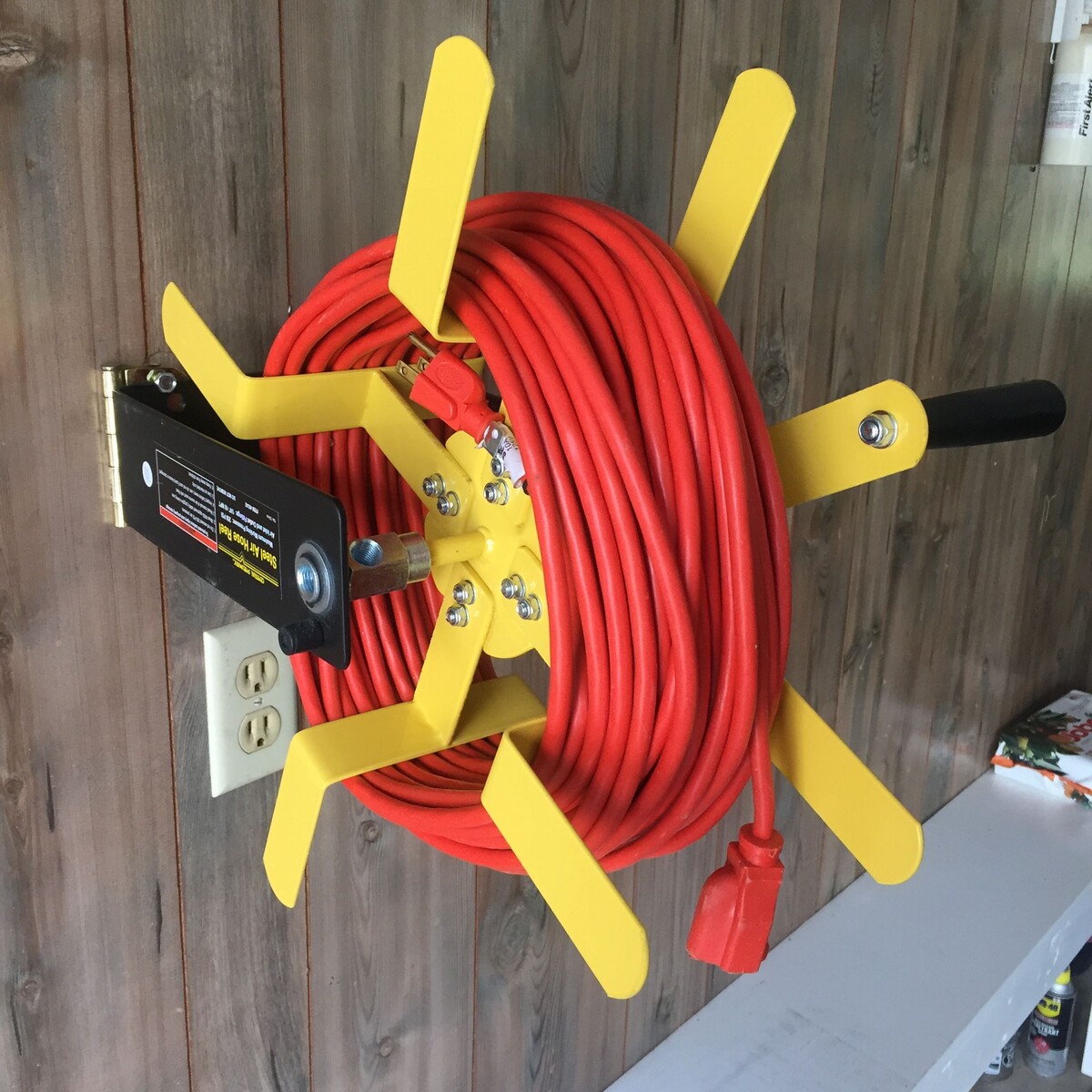

0 thoughts on “How To Waterproof Outdoor Extension Cords”